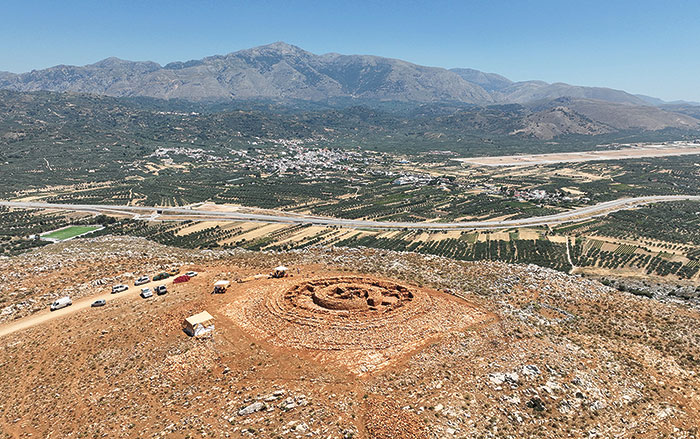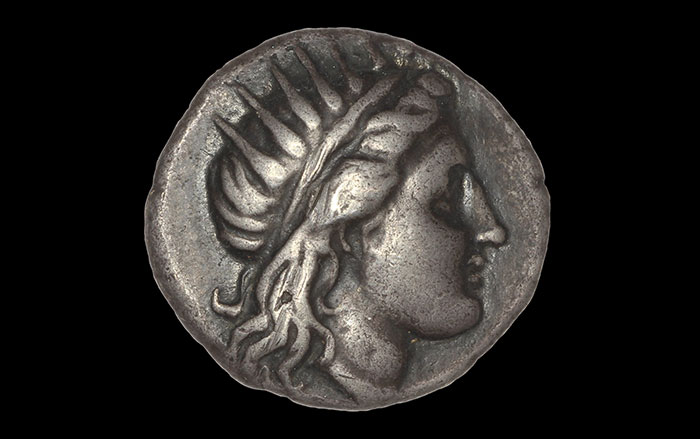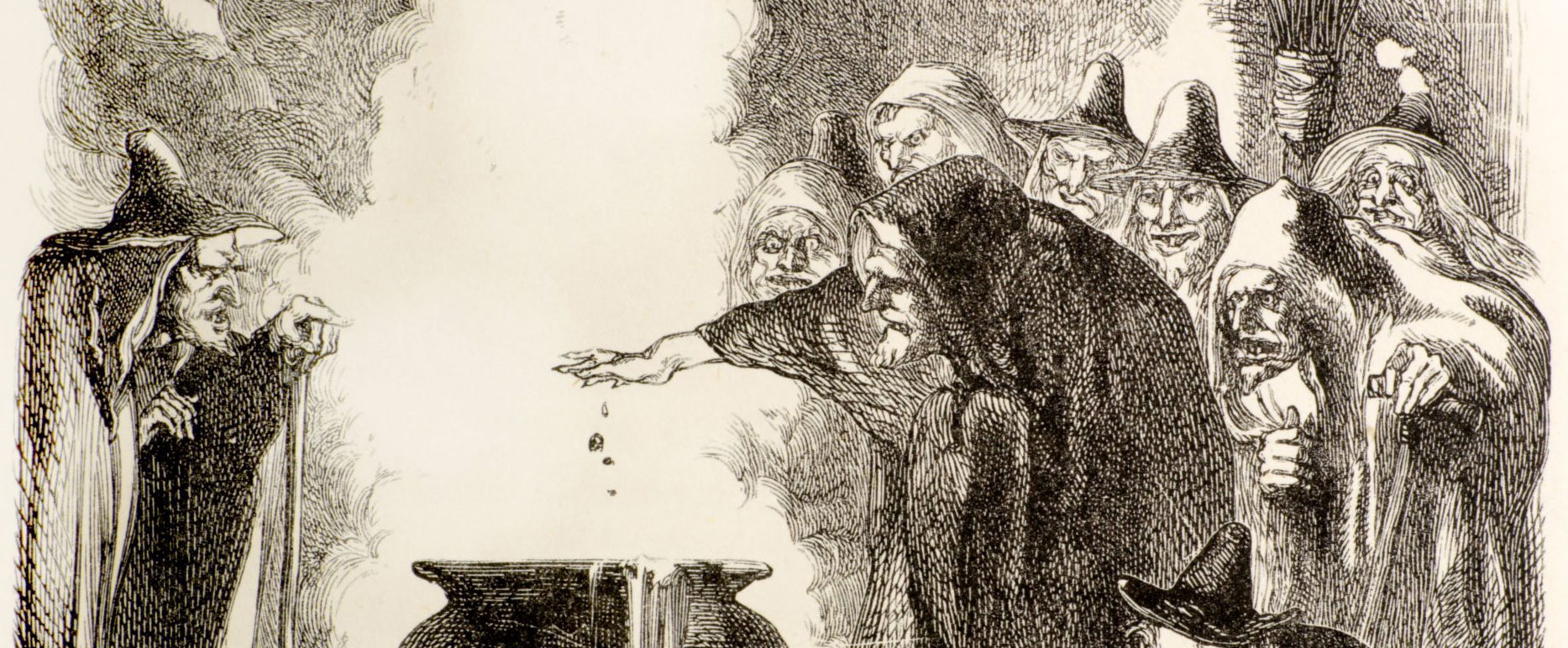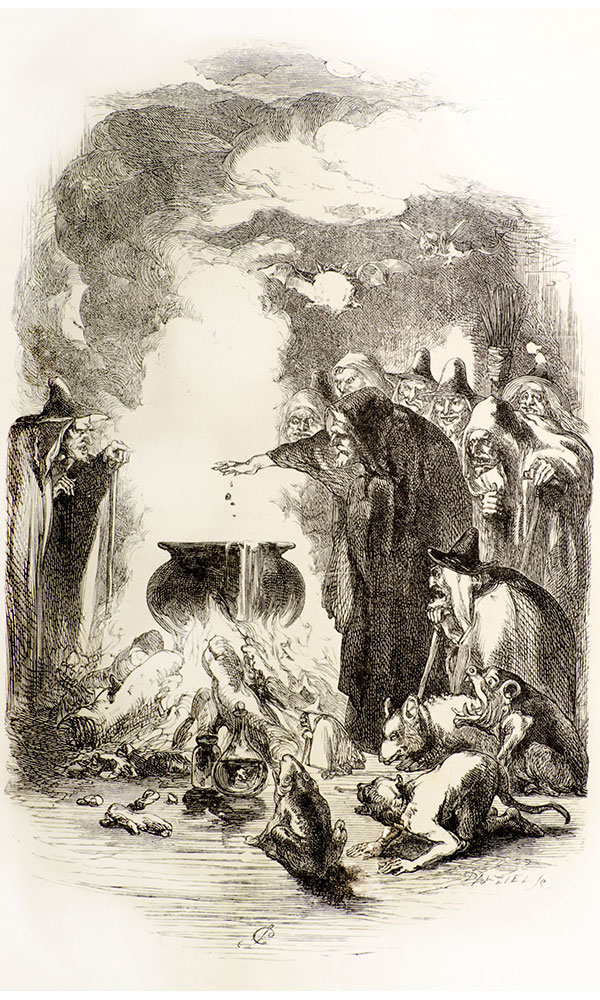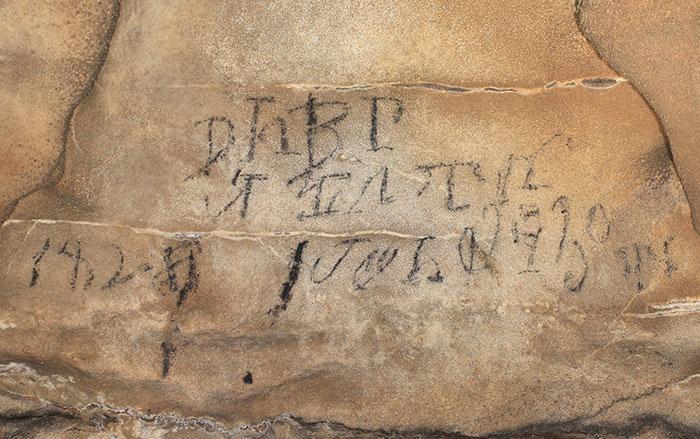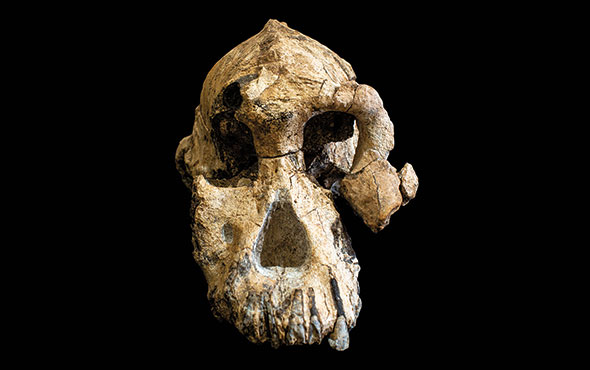
PHILADELPHIA, PENNSYLVANIA—According to a New Scientist report, Marie Nicole Pareja of the University of Pennsylvania worked with primatologists to re-examine wall-paintings of monkeys in a Minoan building buried in volcanic ash around 1600 B.C. at the site of Akrotiri, which is located on the Greek island of Thera in the Aegean Sea. No monkeys are known to have lived in Greece at the time and the monkeys in the painting were previously identified as olive baboons, which are native to Egypt. But the researchers discovered that the primates were depicted with the distinctive fur and S-shaped tail of the grey langur, a species that lives in Nepal, Bhutan, and the Indus Valley of India. The Minoans are known to have had contact with Egyptians, but did they also cross paths with members of the Indus Valley Civilization? “I wouldn’t be surprised if someday in the future we found evidence for that kind of direct contact,” Pareja said. It is also possible that Greeks may have seen langurs imported to Mesopotamia from the Indus Valley, she added. “It’s evidence of this far-reaching trade, these relationships with these far-flung areas.” For more, go to "The Minoans of Crete."


